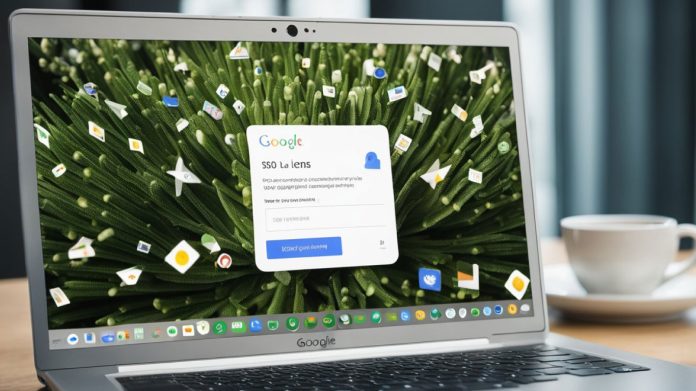With the growing popularity of Google Lens, the way users interact with the internet is changing. Google Lens allows users to perform visual searches simply by pointing their cameras at objects, texts, plants, animals, among other things. For businesses and content creators, this represents a new opportunity for SEO optimization. In this article, let's explore effective strategies to optimize your content for Google Lens and increase your visual visibility
1. What is Google Lens
Google Lens is an image recognition tool that uses artificial intelligence to identify objects and provide relevant information about them. Available on Android and iOS devices, Google Lens allows users to search for what they see, translate texts, identify plants and animals, find products online, among other features
2. Importance of Visual Optimization
With the rise of visual searches, optimizing your content to be easily identified by Google Lens can significantly increase your reach and visibility. This is particularly relevant for e-commerce companies, tourism, education and any sector that benefits from a strong online visual presence
3. Optimization Strategies for Google Lens
a. High-Quality Images
The quality of the image is crucial for visual recognition. Use high-resolution images and make sure they are well-lit and in focus. Pixelated or low-quality images may not be recognized correctly by Google Lens
b. Use of Alternative Text (Alt Text)
The alt text is a brief description of the image that helps search engines understand the visual content. Include relevant keywords in the alt text to improve indexing and facilitate recognition by Google Lens
c. Image File Naming
Name your image files descriptively, using relevant keywords. Avoid generic names like "image1".jpg" and prefer something more specific like "red-leather-shoe.jpg
d. Metadata and Tags
Use appropriate metadata and tags to describe your images. This includes information such as title, image description and tags. These elements help Google Lens better understand the context of the image
and. Contextual Content
The context in which the image is used is also important. Make sure the image is accompanied by relevant and informative content. This helps Google Lens associate the image with the textual content, improving recognition accuracy
f. Schema Markup
Schema Markup is a code that you add to your website to help search engines better understand the content. Use Schema Markup to provide additional information about your images, like the type of object, location, and other relevant details
g. Mobile Optimization
How Google Lens is widely used on mobile devices, make sure your website and images are optimized for viewing on smartphones and tablets. This includes the use of responsive design and fast loading times
4. Monitoring and Analysis
Use analysis tools to monitor the performance of your images and visual content. Tools like Google Analytics and Google Search Console can provide valuable insights into how your images are being indexed and recognized by Google Lens
Conclusion
SEO optimization for Google Lens is an emerging opportunity to increase the visibility and reach of your visual content. By following the mentioned strategies, you can significantly improve the chances of your images being recognized and presented to Google Lens users. With the continuous evolution of visual search technologies, being ahead of optimization trends can provide a significant competitive advantage


